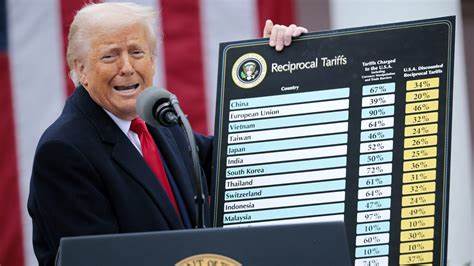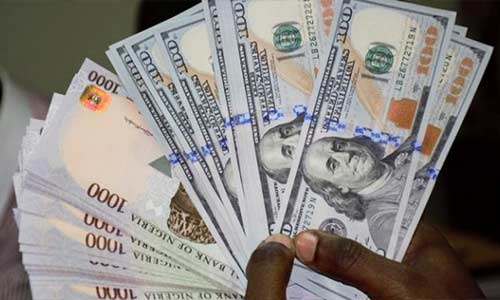Currency in circulation, according to the Central Bank of Nigeria (CBN), fell by N42.43bn between January and March.
Figures obtained from the CBN revealed that the currency, which stood at N3.29tn as of the end of January, fell to N3.25tn by the end of March.
The currency in circulation is defined as currency outside the vaults of the central bank; that is, all legal tender currency in the hands of the general public and in the vaults of the Deposit Money Banks, according to the apex bank.
Join our WhatsApp ChannelAlso, a circular to the DMBs titled ‘Treatment of composed banknotes’, it said: “The management of the Central Bank of Nigeria observed with concern the increase number of composed banknotes deposited by DMBs and request for replacement of such banknotes by members of the public.
“The existence of composed banknotes in the economy falsifies the true value of currency in circulation and can also be avenue for fraudulent activities.
“A composed banknote is a banknote that comprises of several parts of different banknotes of the same denomination put together with the intention of receiving value.”
The circular read that any composed banknote discovered in the deposit of DMbs would attract a penalty of 400 per cent of the value.
The apex bank explained it employed the “accounting/statistical/withdrawals and deposits approach” to compute the currency in circulation in Nigeria.
This approach involves tracking the movements in currency in circulation on a transaction-by-transaction basis.
It said for every withdrawal made by a DMB at one of CBN’s branches, an increase in the CIC was recorded.
The transactions are all recorded in the CBN’s CIC account, and the balance on the account at any point in time represents the country’s currency in circulation.
The banking regulator noted that analysis of the currency in circulation showed that a large and increasing proportion of the Nigerian currency outside the commercial banking system was held by the general public hoarding a lot of the new banknotes.


















Follow Us